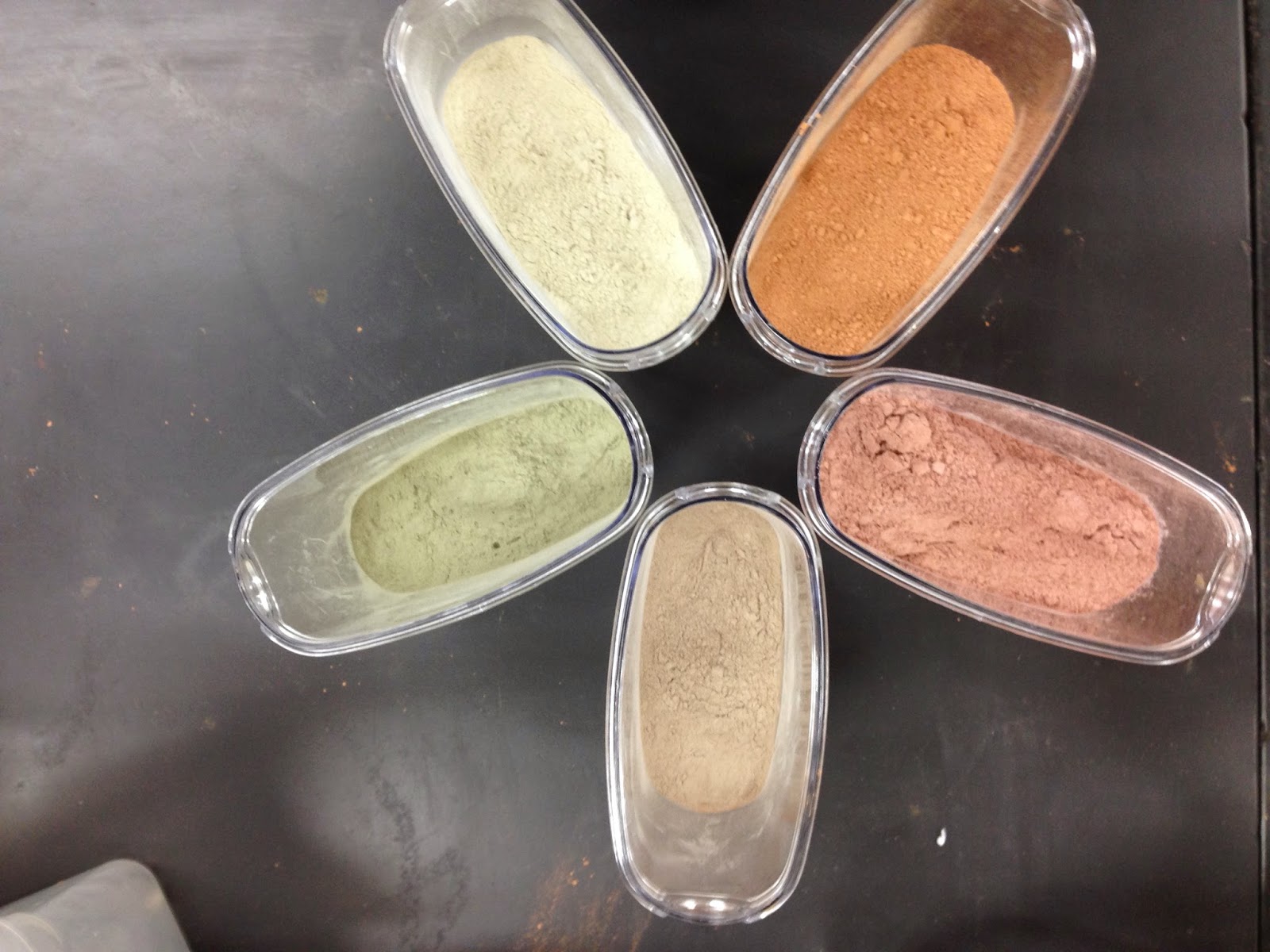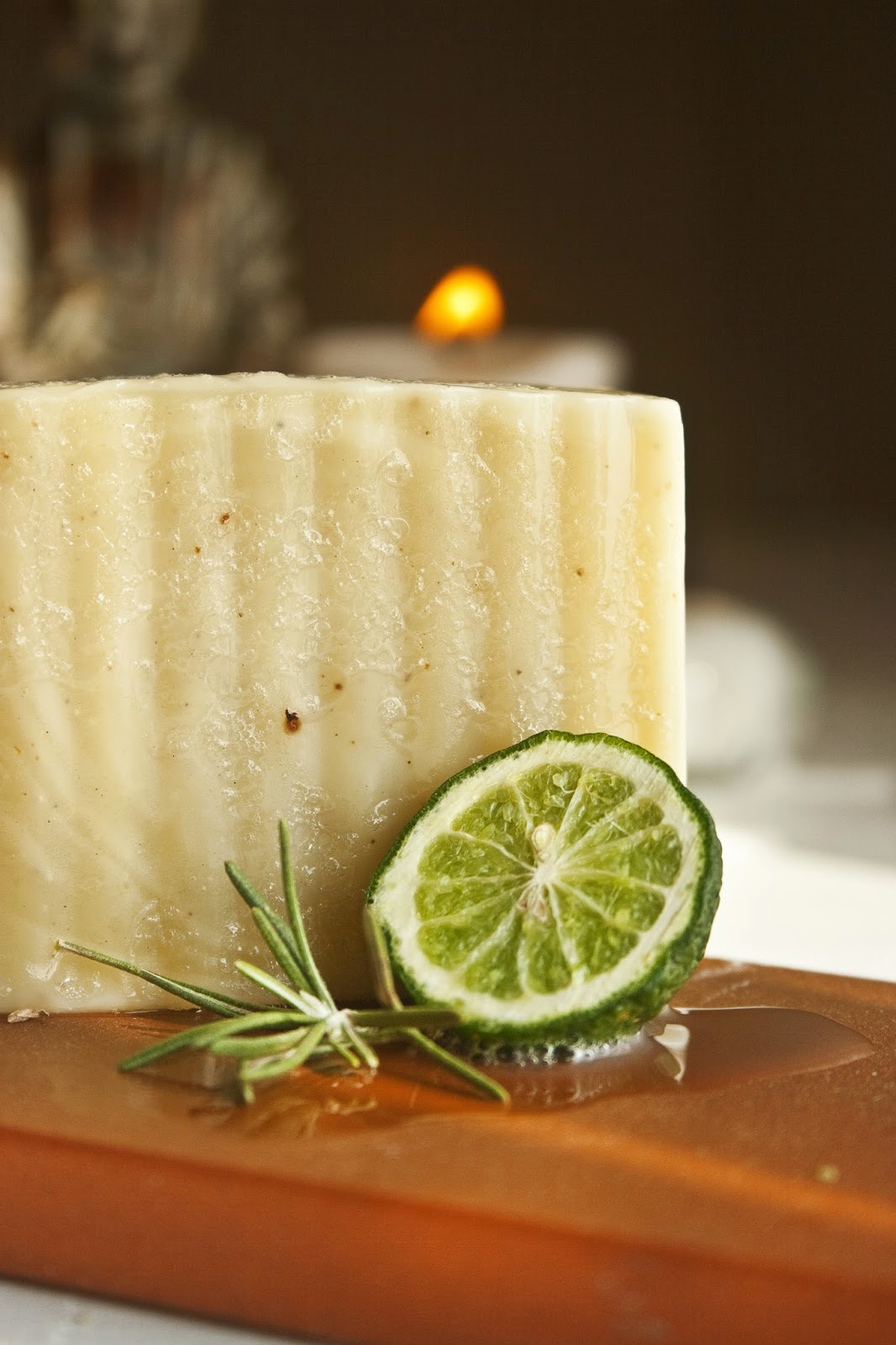Did you know there is a fragrance in practically everything? From the toothpaste you start your morning with, liquid soap you wash with a gazillion times throughout the day, and ending with your night time routine of the variety of bodycare items you use - the fragrances are there.
 |
| "Fragrance (Parfum)" is the 5th Ingredient on this product label from a well known "Organic" body care company. |
There are two distinctive types of oils manufacturers use to scent products: Fragrances (also called Parfum, Perfumes) and Essential Oils.
Simply put, Essential Oils are plant oils extracted through the steam distillation of plant matter. Not all essential oils are steamed distilled, many citrus oils are extracted through the cold pressed method (taking the rinds of the fruit and pressed).
-- The Good -- Essential oils provide many health benefits dependent on the plant used, for example let's examine one of my favorites, Lemongrass (Cymbopogon citratus) Essential Oil contains a variety of properties: antifungal, anti-inflammatory, antimicrobial, antioxidant,
antiparasitic, antiseptic, antiviral, astringent, bactericidal, and more. Great for products used externally for the skin, hair, or as aromatherapy (dispersed into the air).
--The Bad -- $$$ Pricey, pricey, pricey. These wonderful oils are costly due to the amount of plant matter needed for extraction, and prices increase when there are shortages. Example: Four ounces of Indian Sandalwood Essential Oil is roughly around $450 due to the current ban on harvesting of these beautiful trees, which are usually grown for 30 years then harvested.
What is an Fragrance Oil?
Fragrance oils are made to mimic scents of plants, foods, feelings, ocean breezes, destinations, pretty much everything and used for anything (yes, even scented underwear exists). Sometimes they are plant based mixed with chemical substitutes, and most of the time you just don't know. Manufacturers of fragrance oils are not required by the FDA to disclose their ingredients, so it difficult to know every ingredient used to create them.
-- The Good -- Inexpensive and Variety. The cost factor is significantly less. You can get 16 oz of Almond Biscotti Fragrance Oil for $19.
--The Bad -- What's in them. Independent groups have tested fragrance oils from leading manufacturers and found petrochemicals (synthetic compounds derived from petroleum), phthalates - (pronounced THAL-ates), synthetic musks, proplyene glycol, and more. Many of these ingredients have been studied and linked to hormone disruption, allergies, organ toxicity, cancer, developmental and reproductive toxicity. Please visit www.safecosmetics.org for more information on ingredients.
The Choice: Why Unearth Malee chooses Essential Oils?
At Unearth Malee we strongly believe in the simplicity of using the beauty of nature and all its healing benefits.
Pure and Simple.
Pure and Simple.











